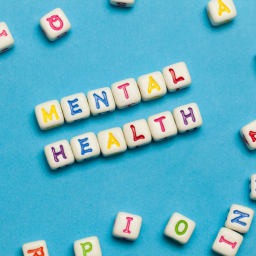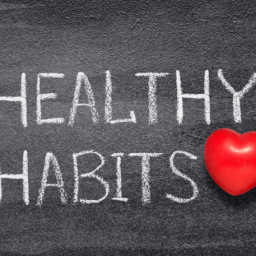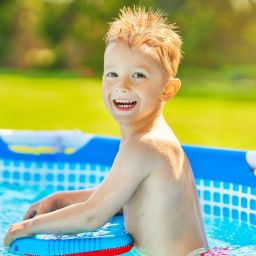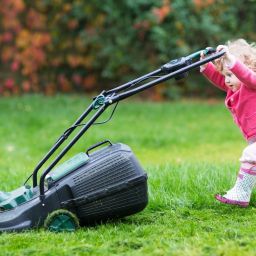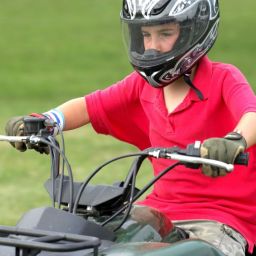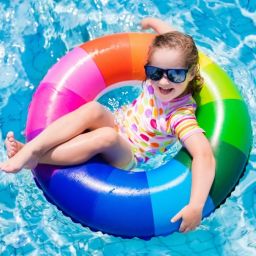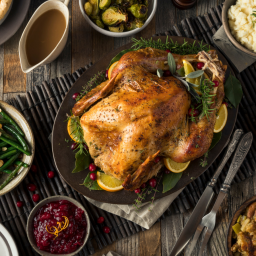August is here and fall sports conditioning is in full swing. Exercising in hot and humid weather means that parents, coaches, and young athletes need to learn the signs of heat-related illnesses like heat cramps, heat exhaustion, and heatstroke and how to prevent them. Read through the tips below to keep your athlete safer from heat-related illnesses during practices and games this season.
Prevention
Young athletes can stay safer in the heat by following these tips:
- Start slowly. Let athletes get used to higher temperatures and activity levels over the course of a few weeks.
- Drink plenty of water before and during practices, even if they don’t feel thirsty. Sports drinks can help replace electrolytes that are lost during exercise.
- Wear light-colored, lightweight, and loose-fitting clothing.
- If possible, avoid practicing or conditioning during mid-day when the sun is at its peak.
Signs
Common signs of heat-related illness include dizziness, weakness, headaches, and vomiting. Because these symptoms are very general, coaches, parents, and trainers need to pay attention and know what is normal behavior for each athlete so they can act quickly when they notice something is wrong.
Treatment
At the first signs of heat-related illness, young athletes should immediately stop conditioning or practicing, move to a shady or air-conditioned spot, and get cooled off with cold water, water-soaked towels, or a fan. If they aren’t feeling too nauseous, encourage them to drink cold water or a sports drink. If the coach or parent suspects a heat stroke, call emergency medical services immediately for treatment.
More about preventing sports-related heat illnesses and dehydration from Children’s Health.
Reference:


